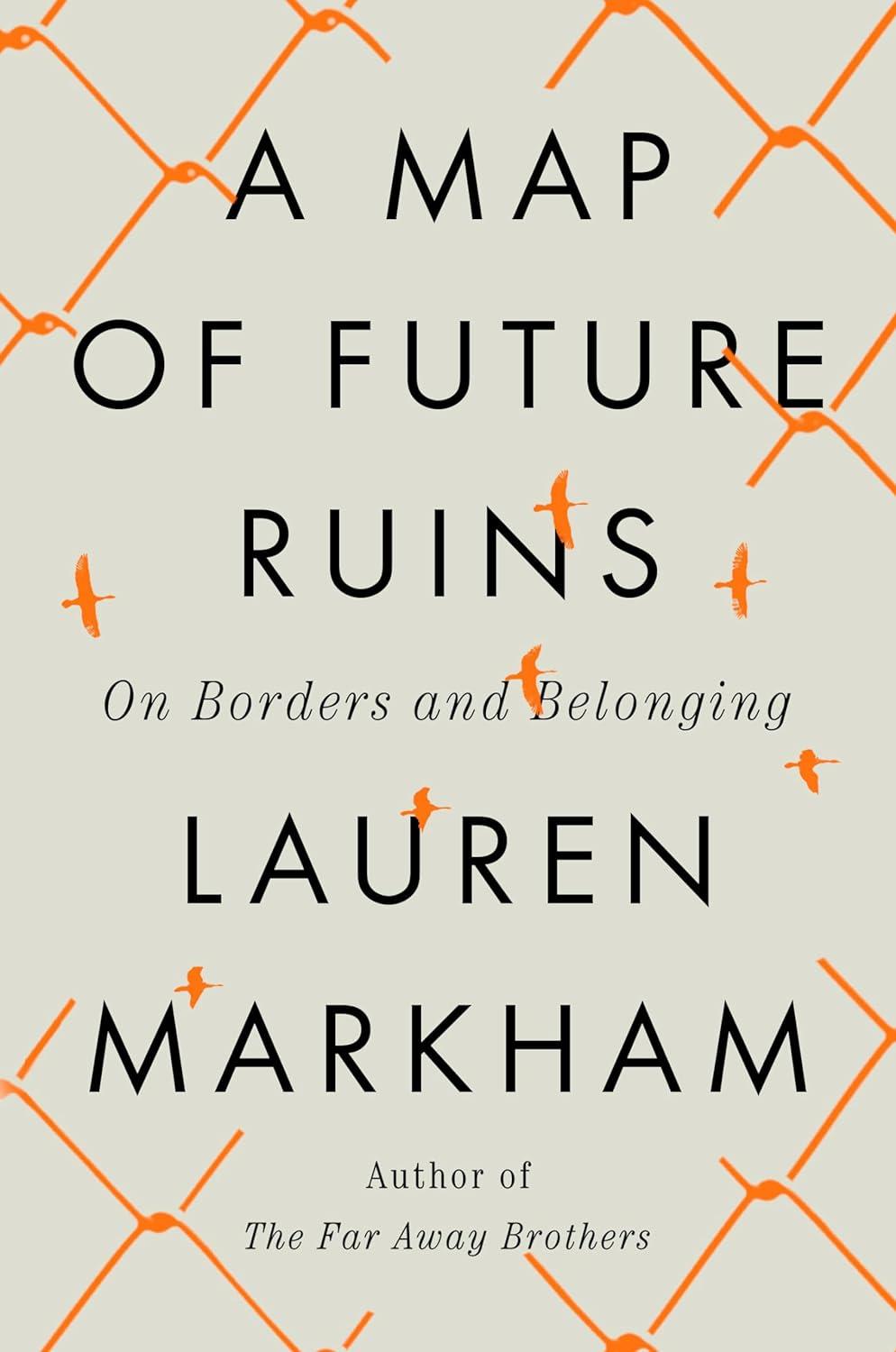Students at the high school have come to the United States from all over the world. It’s hard to learn a new language, particularly if fear and shame are involved—fear of what this new and unforgiving country might hold in store, shame for not having the words in the dominant language to say what you need or what you mean. While we all learn differently, there is a common arc to language learning: First we listen, absorbing what’s around us. Then we begin to understand what’s being said. Eventually we begin to form words on our own, and following that is when we learn to read and subsequently to write—since it’s difficult to form words on a page before we know what they mean in the world.
Basic sequencing language insists on order and presumes a world where things unfold in a straight line. More advanced sequencing language, however, which at the school tends to be taught in later years, includes words like previously, meanwhile, since, prior to that. These are words that transcend the determined march in a single direction; they allow for lateral movement, for circling back in time, for simultaneous occurrence. The more advanced sequencing words acknowledge that life doesn’t happen in neat arcs or ordered epiphanies, and that not every story can be formulated in tidy succession.
¤
My great-grandmother arrived to the United States in 1914 from Greece. Back then, European immigrants, after enduring the indignities of Ellis Island and the xenophobia that spread through their new country like a strangling vine, generally had the chance to apply for citizenship. Compared with what it takes to become a citizen now—English proficiency, years of waiting, astronomical application fees, elaborate background checks, memorizing a hundred questions in order to pass an in-person test—Evanthia’s process was easy. In 1929, 15 years after she arrived and by which time she had given birth to four American children, she filled out some paperwork and was sworn in as a citizen. Her proximity to whiteness, and her family’s eventual inclusion within that category, was her shelter.
She had passed through Ellis Island because the 1891 Immigration Act had established the place as an official port of entry into the United States. The island was part processing center, part prison—no border wall needed, for, like Lesbos, it was surrounded by water. This was the first detention center built explicitly for immigrants in the known history of the world. (The second, Angel Island, would open in 1910 in the San Francisco Bay for people crossing from the other side of the globe.)
By the time Evanthia naturalized, as the term goes, in 1929, it had gotten harder for people like her to make it into the country in the first place. In 1921, capitalizing on post–World War I unease, the federal government launched the Emergency Quota Law, limiting how many people from various countries would be admitted and thus severely restricting the number of immigrants coming from anywhere other than Western Europe. Then Congress passed the Immigration Act of 1924, more popularly known as the Johnson-Reed Act, to further curb immigration and “preserve the ideal of U.S. homogeneity,” a government historian would later write. The act instituted a quota system limiting arrivals to the United States based on population numbers from the 1890 census, when the vast majority of residents were from Northern and Western Europe, and expanded the way the quota categories were calculated, thus further favoring immigration from those countries. After the Johnson-Reed Act, only around 100 Greeks would be allowed in per year; people from Africa, Asia, and the Arabic-speaking world had almost no pathways to entry. Border fortification takes many forms, including laws.
But even the story of immigration exclusions doesn’t move in a straight line. After World War II, international refugee law was born, acknowledging the humanitarian responsibility to protect those pushed out of their homelands. The 11 original signatories to the 1951 Convention Relating to the Status of Refugees—mostly European countries—defined who could be considered a refugee and agreed to offer shelter and legal protection to those who had been uprooted by persecution during World War II; in 1967, the definition of a refugee was expanded to cover anyone fleeing because of a well-founded fear of persecution based on race, religion, political opinions, nationality, or membership in a particular social group. (Today, there are 149 signatories to the 1951 convention and its 1967 expansion.) In 1965, as the Civil Rights Movement gained momentum, the US government eliminated the long-standing race-based admission quotas and began prioritizing visas for family reunification and “skilled labor.” Over the next 30 years, more than 13 million people from around the world, including nearly 200,000 Greeks, would immigrate to the United States as a result of these new pathways. In 1980, with millions of people displaced in Southeast Asia (largely as a result of US military action), Jimmy Carter signed the Refugee Act into law with tremendous bipartisan support. The Refugee Act of 1980 essentially codified international refugee law, which we call asylum, into US immigration law. It also formalized our national resettlement program, establishing an annual quota of refugees to be resettled to the United States each year from overseas. Offering refuge was now an institutionalized form of humanitarian relief.
When Ronald Reagan took office as president, he made immigration restrictions a priority yet again—in part in reaction to the liberal expansion of refugee policy in the previous administration. By then, the United States had been incarcerating immigrants for nearly a century, but the Reagan administration launched the first detention quota, effectively ensuring that at any given moment a minimum of 10,000 immigrants would be locked up. But where would they be housed? This political landscape was fertile ground for immigration profiteering. In 1983, the Corrections Corporation of America (now CoreCivic) became the world’s first major private prison company, reaping profit from public dollars to detain people in both the immigration and the criminal justice systems. The more people were locked up, and the longer they were locked up for, the more money such a company stood to make.
By the time Barack Obama took the presidency, an average of 33,400 immigrants were being held in US detention facilities each day, roughly 70 percent of them in facilities run by private companies turning a profit on their imprisonment. The Obama administration deported more immigrants per year than ever before—more, even, than the Donald Trump administration would. When Trump was elected, the stocks of private prison companies soared. It was a good bet. His administration built more than 20 new detention facilities and kept people locked up for longer periods of time. After he took office, roughly 50,000 immigrants were in detention on an average day.
The asylum process can take a long time, even years. The law allows for asylum seekers to be provisionally released pending their asylum decision so long as they are not deemed a flight risk or a threat to society (according to court standards, the vast majority of asylum seekers are not). But under Trump, this policy was largely ignored. People seeking protection in the United States would do so from inside a prison, sometimes waiting for years.
In the United States, as in Greece, winning asylum isn’t easy, even for those with a strong case. The process places a tremendous burden of proof on the appellant to demonstrate not just the fact of their persecution but the extent of it, and that their home country is unable or unwilling to protect them. Securing such proof can be difficult. How can you prove that you got the scar on your face at the hands of a gang rather than in some kind of farm accident? When you didn’t report it to the police because the police were protected by the gangs, or vice versa, or because you feared further reprisal? How could you prove that the army officer beat you so badly you could no longer properly breathe? That your family would murder you for being gay? That the Taliban would murder you for having worked for the Americans? You need photographs. Witnesses. Police reports. Expert testimony. And you need to assemble your story of persecution into a neat, sequenced timeline. First, next, after that, after that, and then, and then, and then.
¤
More than a third of the students at the high school where I work are applying for some kind of immigration relief here in the United States and must thus learn to narrate the story of the threats against their lives in as much detail as possible. Any deviation, any faltering, any misplaced fact risks the applicants being disbelieved and their applications being rejected—and thus being deported back home to the very danger they were trying to flee. The legal process assumes, and even requires, that memory is infallible, and that we recall things in perfect order.
No brain remembers everything exactly as it happened, but a brain that has experienced trauma has even more difficulty doing so. Trauma changes how the brain works, and it can mess with memory. How to remember, with exactitude, the most painful moments of your life? The very fact of trauma can work against a person seeking protection as a result of the events that caused it.
Asylum seekers also often find their claims rejected because their stories sound too alike. Yet it makes sense that the stories will resemble one another, like echoes. A repressive government will use standardized surveillance and torture tactics; an army will rape and pillage in familiar ways; a gang will enact similar rules, and similar punishments for breaking them. Horror can be highly regulated, deeply ordered. But to some judges and asylum officers, such similarities indicate fraud.
In fact, the longer that immigration judges and asylum officers work at their jobs, the higher their rejection rates. Hear enough miserable stories and a person can begin to shut down, become hardened. Mercy leaks away. One also becomes susceptible to vicarious trauma. A 2009 study found high rates of secondary traumatic stress among immigration judges. “I am concerned,” expressed one of the study’s scientists, “that the stress and trauma in judges may make it hard for them to recognize trauma in the refugees whose cases come before them in the courtroom.” Disbelief becomes both a weapon and a shield.
Years ago, I reported a story for VQR about what is known as “vicarious trauma.” In the piece, I noted how remarkable it was that secondary trauma manifests the same way it does for someone who has experienced trauma firsthand; the brain doesn’t differentiate. In this way, I wrote, vicarious trauma is a rather stunning metaphor: what happens to one of us matters to the rest.
Were my great-grandmother applying for asylum today, she would almost certainly be rejected. She wasn’t fleeing danger, after all—poverty, lethal as it can be, is not considered a protectable category under either international refugee law or domestic US asylum policy.
But even if she qualified, her paperwork would raise some flags. On some documents it says she was born in Athens, but her birth certificate and the ship’s manifest state clearly that she was born on Andros.
I don’t know why my great-grandmother would have lied on her US papers about her biography—and perhaps it wasn’t a lie at all, just a misunderstanding, or a shorthand for the sake of clarity, for who in the States had ever heard of Andros then? For all intents and purposes, Athens was Greece, and that’s where she was from. But I do know that today, an immigrant who proffers such falsified information will have their application summarily rejected, the false information read as an attempt to defraud the US government. If someone lies once, the thinking goes, what else are they hiding?
“If I believed your story,” declared an immigration decision I once read, “I would grant your asylum. But I don’t believe your story because you crossed the border unauthorized, which is illegal, and thus something only a dishonest person would do.” Here, the logic of sequence has been fashioned into a perfect circle, looping for eternity, a single continuous line.
¤
When does an immigration story start? First, my great-great-grandfather left home. Then my great-grandmother sailed the seas to join him. But what had happened prior to that to cause him to go? And what was his daughter’s life like in the meantime? And what of all the other lives—the millions of others who’d left their homes, Europe-bound, and found themselves stuck in Greece—a place with its own instability? Nothing ever happens “first,” because a million things have always happened before. We don’t live steadily toward epiphany; our truest stories move back and forth in time, in space, in memory. Life is a mosaic, not a line.
¤
This essay is excerpted from Lauren Markham’s forthcoming book A Map of Future Ruins: On Borders and Belonging, which is available for preorder from Barnes & Noble, Books-A-Million, Bookshop.org, etc.
Lauren will be launching her book alongside award-winning author Ingrid Rojas Contreras at Clio’s bookstore in Oakland on February 13. She will be in conversation with Oscar Villalon at Green Apple Books in San Francisco on February 20, and another event will be held at the Mill Valley Public Library on March 11.


